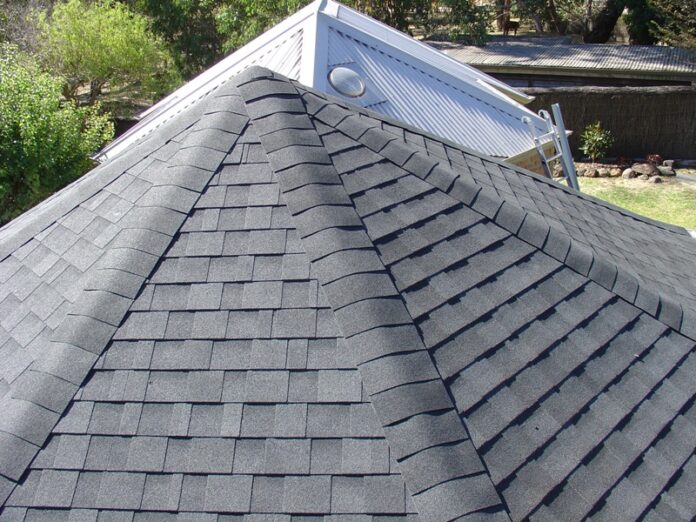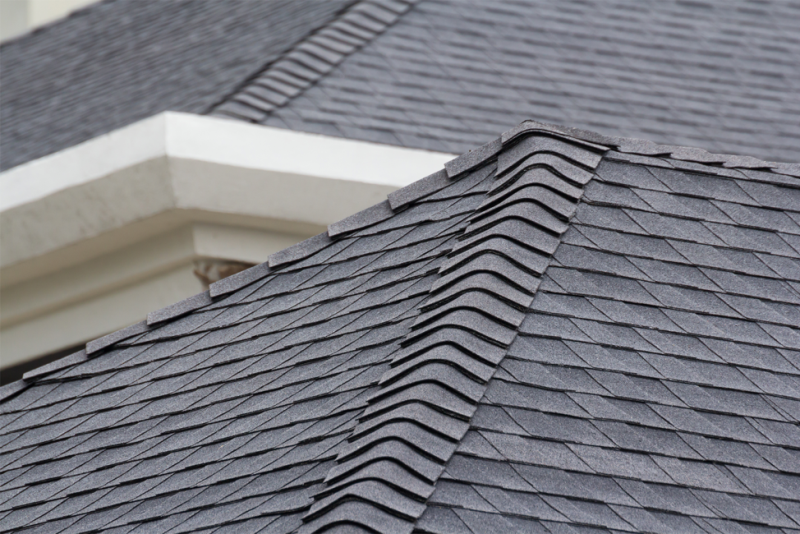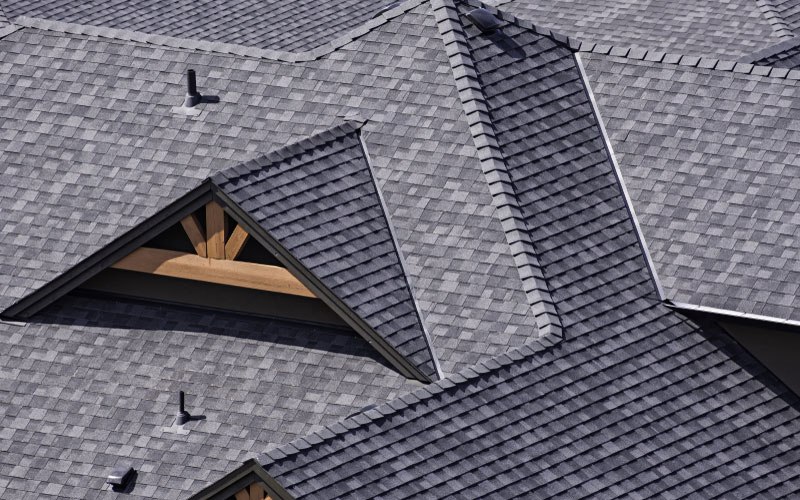Asphalt shingles are one of the most common and popular roofing materials used by homeowners. Due to its ease of maintenance and cost-effectiveness, this type of roof is widely throughout, especially in North Ameria.
Since the roof shingles are so easy to manage, you can literally install them on your own, without a need of professional roofers. In this article, we have curated our top tips on how you can do this by yourself.
So here are all the tips:
1. Follow All The Safety Precautions
First and foremost, before you even start the roof installation, is to ensure that you follow all the important safety precautions. Working on the steep surface like your roofs can be dangerous and risky.
Some of the things are:
- Make sure the weather is clear and there’s no strong wind
- Wear proper protective equipment such as helmet, gloves, eye protection goggles, etc.
- Avoid wearing things that could lead to accidents, for instance, slippers
- Make sure that there are no electrical issues going on with the appliances around your
- house, to protect any electrical-related hazards
To learn more about all the important roof safety, check out the link here.
2. Work From The Bottom To Up
If you observe any professional roofing crew, you will see that they always start working from the bottom to top. In fact, it’s always effective to work on the bottom layer of the asphalt shingles first.
This is because although the outside cover is what gets exposed to the weather, it’s the underneath layer which really counts. The underlying layer supports the structure of the whole shingles and protects the lower edge of the roof deck from water damage.
So start by working from the bottom side first, then slowly move to the upper section.
3. Flash The Valleys And Seams
The majority of roof leak occurs at the valleys where two roof planes meet, or at chimneys or other penetrations. Therefore, it’s always better to flash the valleys and seams to prevent leakage. It’s estimated that this can help prevent roof leak by almost 30%.
If in case the asphalt roofs have already been flashed by someone else, make sure to double-check whether the flashings are in good condition and not broken. When re-roofing, most pros choose to install new flashings rather than relying on the existing flashings.
4. Check The Deck
Keep in mind that before you start installing the asphalt roofs by yourself, the roof deck should be prepared and checked to ensure that they are in good condition and free from any gaps and holes.
Having a cleaned flat deck will ensure that the newly shingled roofs will appear smooth and flat. Otherwise, this can lead to openings between the shingles, in which water can seep and thus, can lead to a roof leak.
5. Use Proper Nails And Nailing Techniques
Nails are an important part of any roofing work. When it comes to asphalt roofs installation, make sure you only select the proper type of nails and nailing techniques. Use galvanized nails to prevent corrosions.
For the nailing techniques, asphalt shingles can be attached only with 4 nails for each shingle. In some cases, you might need 6 in the area prone to winds, or if you live in a place where harsh weather is very common, you might need that as well.
6. One Shingle Bundle At A Time
A small tip here that many of you reading this can easily ignore is that to use one shingle bundle at a time to avoid different colors on the roof within the same area.
If you notice carefully, each shingle bundle will have a slightly different color, which you may not observe. One thing to minimize this headache is to buy the shingles from the manufacture in the same lot.
7. Finish Off With The Secondary Roof Protection
Last but not least in installing asphalt shingles by yourself, is to finish the installation process by adding an extra layer of secondary roof protection beneath the shingles. This is commonly known as roofing felt paper. Some people call it as roll roofing.
The idea of adding the roofing felt paper as an additional layer is widely used among roofing experts, as they discovered that this helps create a better-looking and longer-lasting roof. The benefits are, for instance:
- It repels water
- It provides extra protection against harsh weather
- It makes the roof look more uniform
- And helps minimize the ice dams formation
So make sure to utilize this strategy to ensure your asphalt roofs are installed properly so that they can last longer




















